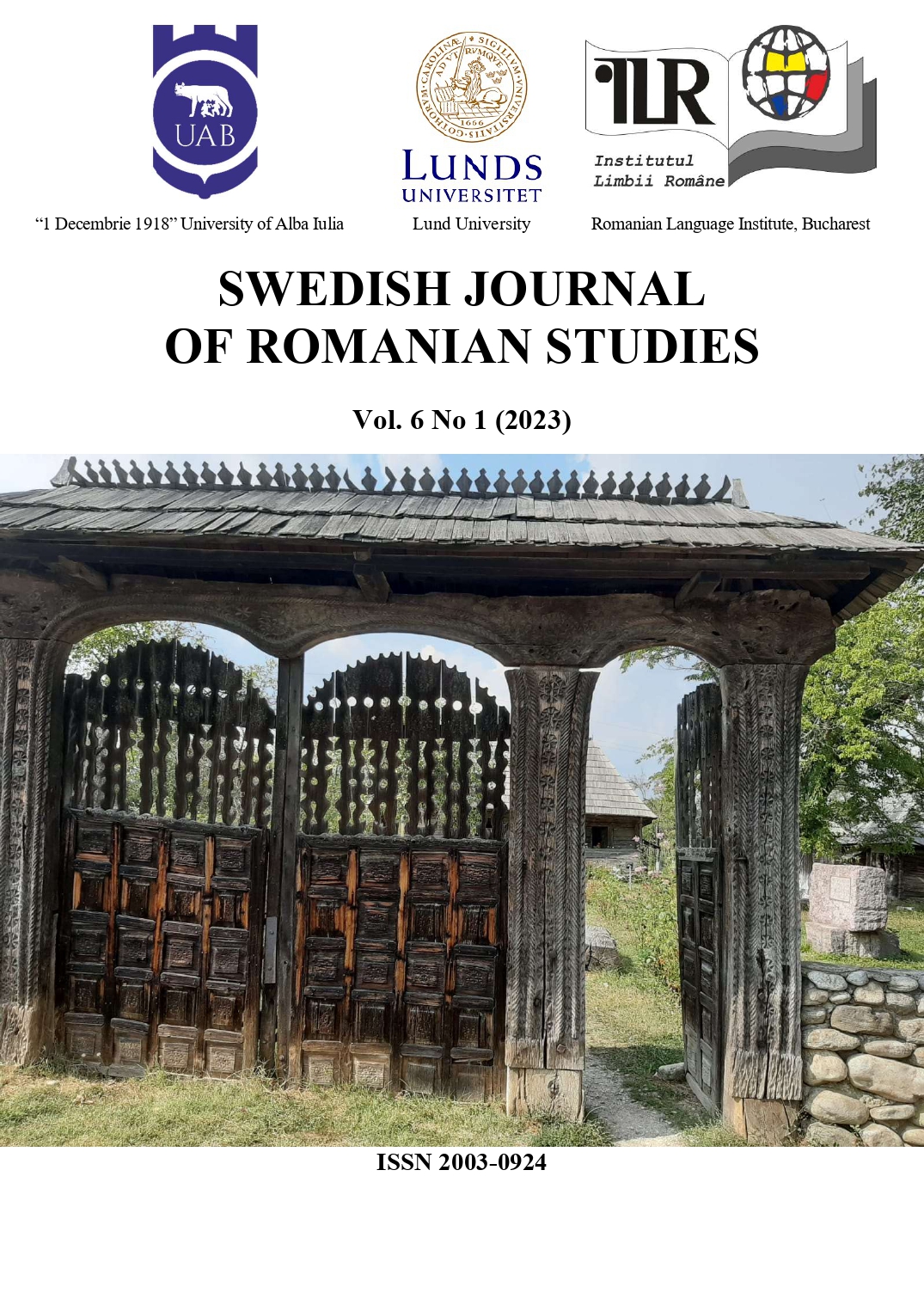Author(s): Sead Bandžović / Language(s): Bosnian
Issue: 9/2023
The institution of slavery was characteristic of all the civilizations from Mediterranean basin in ancient times. However, slavery had its widest application in the Roman state, for which it was of immense importance, since slaves were seen as the driving force of Roman social and economic system. Slaves (servus, puer) were treated as "speaking tools" (instrumentum vocale). The position of the individual in the Roman state was regulated in detail, and there were three special positions: status civitatis (Roman citizen or foreigner), status familiae (elder of the family or its member under the rule of pater familias) and status libertatis (slave or free man). Slaves had a special legal status in Roman law at the time. Unlike animals and things over which power was referred to as domicium, this was about power over man, so the term domicia potestas was used. In the initial stages of the development of state and the law, they were viewed exclusively as property, without any personal, property or other rights. Thus the puer could not be a party to the proceedings, and his union with the slave girl was treated as a de facto union (contubernium), not as a valid marriage. He could only improve the position of his master, and if the servus would cause some damage to a third party, the master was not obliged to eliminate it, but according to Aquilius law of damage from 287 AD there was a possibility of handing over the slave to the injured party according to the principles of noxal liability. An individual could find himself in the status of a slave in three ways: by falling into captivity in war, by being born to a slave mother (vernae) or by losing his freedom as a form of sanction. In addition to private and royal, there were also so-called public slaves (servi publici). Their owner was not a private person, but a wider social community, and power over them was officially exercised by the Roman people (populus Romanus), civilian authorities in municipalities or colonies in Italy and its provinces. Servi publici were most often employed by magistrates or priests, and they also worked as guardians of various Roman buildings: basilicas, temples, archives and libraries. Roman law also knew of other forms of subordination that were not a form of slavery but states similar to it. The first aspect referred to persons in mancipio who were handed over by the pater famillias through mancipation to another elder as labor or to avoid tortious liability. The second case concerned addictus. Under the old civil law (ius civile) the addictus was a debtor in a certain obligatory relationship where, in case of non-payment of his obligation, he would be assigned to the creditor. The creditor had to keep him in the so-called creditor’s imprisonment for 60 days, until a guarantor appeared or the debt was repaid. If this did not happen, the debtor could be killed or sold as a slave. Persons redeemed from captivity (redempti ab hostibus) could be held captive by the redeemer until the ransom is paid either in money or by the work of the redeemed person. During the period of the empire, the duration of captivity of this kind could last for a maximum of 5 years. Gai Institutiones also classified auctoratus in these states. These included men, women and minor children who undertook to work for a person for a certain period of time (iudicati). Liberation from slavery was done through a special legal procedure (manumissio). In the early epochs of the ius civile, it was of an extremely formal nature, and with later praetorian activity this formalism was abandoned and replaced by new, more efficient legal means.
More...


















